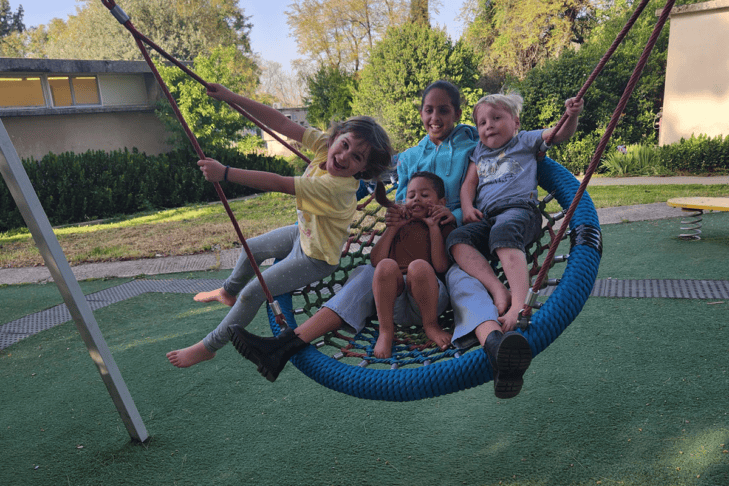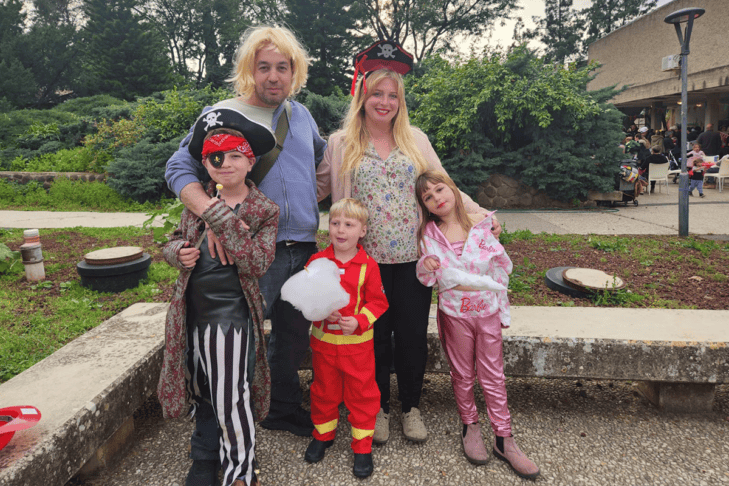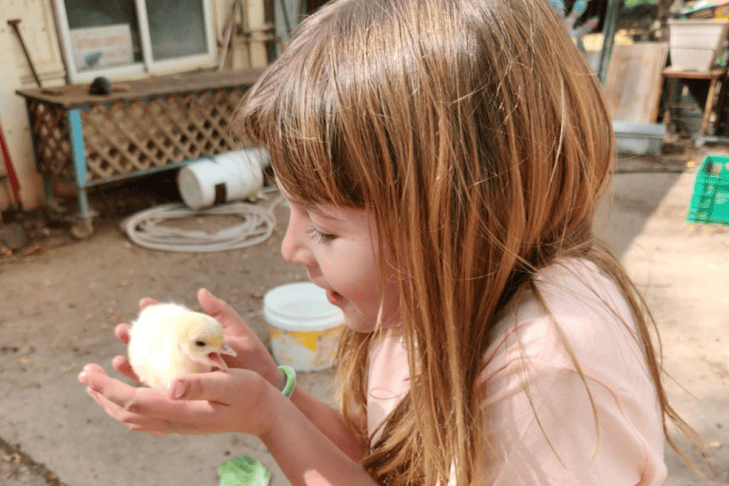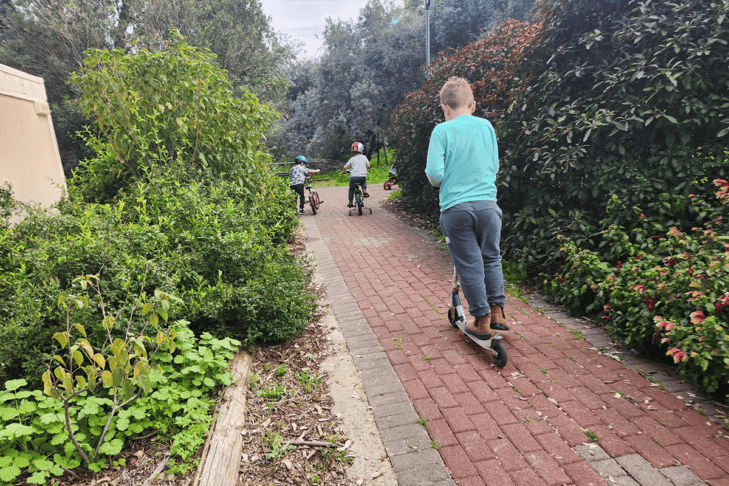Since 1943, Kibbutz Manara has sat perched on top of the Upper Galilee mountains in northern Israel, a beacon of Zionism on the Lebanese border. It’s been through a lot in its 81 years, especially during periods of fighting between the two countries.
Over the last decade, Manara—one of 29 kibbutzim that make up the Upper Galilee Regional Council—has been in an upswing. The kibbutz (which counts 99-year-old Rachel Rabin, sister of the late Prime Minister Yitzhak Rabin, among its members) was attracting families with children, reopening kindergartens that had been closed, and experiencing a period of growth.
Then came Oct. 7. Even though the Hamas attacks were confined to the south, Hezbollah immediately started a bombardment from the north, causing the Israel Defense Forces (IDF) to order an evacuation of Manara’s 300 residents.
“From that moment, the community was spread all over the country,” says Yochai Wolfin, Manara’s community manager. “People went to live with their relatives all over Israel. And after a few days, I understood that I needed to do everything I could to get the community back together—that’s the whole idea of community. It was very difficult.”
In search of a new home
By November, more than 70% of the apartments in the kibbutz—along with roads, public buildings, and the sewage and electricity systems—had been damaged, says Wolfin. It became clear that Manara’s residents wouldn’t be able to return home anytime soon.
Eventually, about 100 Manara residents came together in a hotel in the city of Tiberias. But Wolfin knew it wasn’t a long-term solution, especially for families with children.
That’s when Wolfin got a call from Michal Lahav, community manager of Kibbutz Gadot, another kibbutz member of the Upper Galilee Regional Council, further south from the Lebanese border. During the Six-Day War in 1967, Gadot sustained significant damage; the kibbutz has since been rebuilt.
Because Gadot residents had experienced similar war-related damage and trauma, they decided to invite the Manara community to join them on a long-term basis.
“The Gadot elders remember well the days when Gadot was bombed,” says Lahav. “During the biggest and most serious attack, almost all the kibbutz houses were damaged. Naturally, this is where the connection to, identification with, and sympathy for the Manara members comes from.”
Wolfin accepted the offer—and spent the next two months working with Lahav to hammer out the details so the two communities could merge. Together, they also visited kibbutzim in southern Israel that had undergone similar projects to learn from them.
“I thought to myself, ‘Wow, this is exactly what we want for Kibbutz Manara,’” says Wolfin. “Kibbutz Gadot is in a perfect spot in a safe zone, and we knew its members could teach us a lot about community impact.”
In early March, the first residents of Manara moved into Gadot. To date, about 70 Manara residents have relocated to their new kibbutz; by the end of June, that number is expected to climb to 140. Families are being housed in two adjoining rooms with newly constructed doors between them to create the feeling of a small house, says Wolfin.
“We want to give people a sense of normality, even though it’s not normal,” he says. “Because of all of the damage, I think it will take two years from the day the war ends until we can go back to Manara.”
Support from Boston
Manara is a small kibbutz without a lot of money, and the relocation to Gadot is expensive, says Wolfin.
Last month, CJP stepped in to help with a $300,000 grant from its Israel Emergency Fund. The money is being used to renovate housing units, build out a kindergarten and public buildings for residents of both communities, improve bomb shelters, and provide summer camps and community resilience programs for the Manara residents.
“CJP is our first partner, and is very important to this journey,” says Telem Chorin, director of resource development for the Upper Galilee Regional Council. “This is the first big project we raised money for, and the support from CJP has provided us with a strong push forward.”
When Chorin first told him about the donation from CJP to help his kibbutz, Wolfin says he had tears in his eyes.
“I’m trying to be optimistic and work with what we have—and not spend my energy focusing on what we don’t have,” he says. “But sometimes we feel quite lonely. This gift from CJP means so much to us.”
Izhar Armony, who sits on CJP’s Israel Emergency Fund Task Force, visited the Galilee and connected CJP’s professional team to the Manara-Gadot Project. Armony, an Israeli who now lives in Arlington, grew up in a neighboring kibbutz in the Upper Galilee.
“CJP’s pioneering grant to help resettle community members of Kibbutz Re’im in Tel Aviv for a few years was hugely impactful, and we realized there were similar needs in the Upper Galilee,” says Armony. “Thanks to the generosity of Greater Boston’s Jewish community, CJP was able to invest in this project, which is making a real difference in the lives of so many—and significantly increasing the likelihood that one day, Manara will be rebuilt.”
“Gave us air to breathe”
Although the war in Israel continues, Manara residents are finding a small slice of peace in their new community.
“Kibbutz Gadot embraced us and helped us with everything we needed,” says one resident. Another added that “moving to Kibbutz Gadot gave us air to breathe and made us feel a bit like home.”
Although it’s been “very difficult” to be displaced from their homes—and live with the unknowns around returning to their kibbutz—Wolfin says he’s inspired by the resilience and optimism of Manara residents.
“My community is a very strong community,” he says. “We have a good temporary home and a vision with Kibbutz Gadot. That gives us a lot of strength.”
Support CJP so we can continue meeting the needs of the Jewish community in Greater Boston and abroad.








